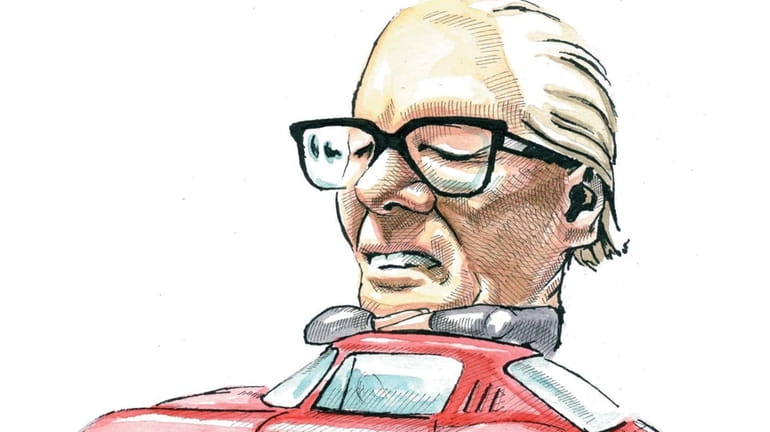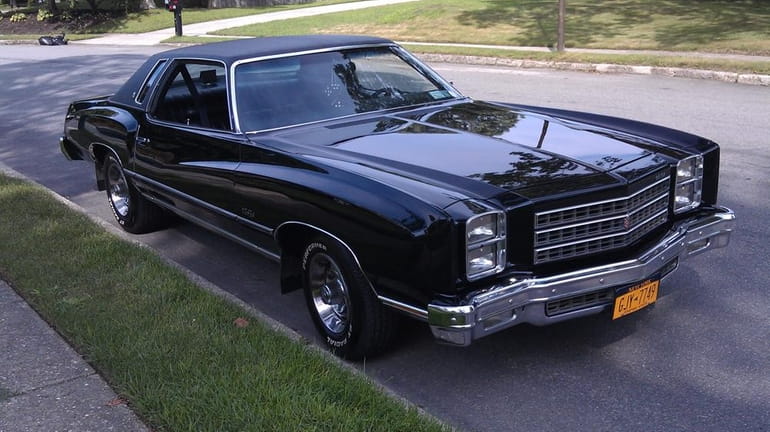Batista Pininfarina, father of modern auto design

Auto designer Batista Pininfarina Credit: Illustration by Adam Young, Wheelbase Media
That style Battista Farina had.
From his white, slicked-back hair, to his flamboyant ability to transform a stuffy board room into an artist's easel, Farina personified Italian moda, or style. His brain was in constant motion; his right hand was never without a pencil.
Henry Ford wanted him, an auto world would revere him and everyone would come to know him as the definition of Italian automotive design.
And if you've never heard of him, there's good reason why.
Officially, Farina wasn't known as Pininfarina until much later in his life, long after he had transformed an industry, built multiple companies and had his name changed by order of the president of Italy.
In the world of design, it would become a name to remember.
Battista Farina had come a long way from the days near Turnin, Italy, where he was an apprentice coach builder, mechanic and the youngest in an 11-child family. The baby of the family couldn't be called by his first name; that was too easy. He would be "Pinin" Farina or, translated, "the little one" of the family. The name would stick and so would the man's ingenuity.
Born late in 1893, "Pinin" Farina had shown an incredible aptitude for all things creative. By age 11 he was working for his older brothers, designing and coordinating publicity for a workshop that repaired carriages. At 17 he was designing the body of a Fiat concept car. By the time he hit his mid-20s, Farina was so eager to learn design, he traveled to the United States where he eventually met Ford, who was amazed at the aptitude of such a young man and offered the Italian a job working in his Detroit shop.
The youngest Farina had other plans, returning to Turin to eventually marry. What he didn't realize was that America had already changed him forever.
Farina admired the tenacity and opportunism of Americans and, less than 10 years later, set out to apply that entrepreneurial ethic to his own company - a design shop called Carrozzeria Pinin Farina. In no time it would become legendary in the industry.
With the help of a rich aunt and a new partner, Vincenzo Lancia, Farina built an empire from a grease pencil to the shop floor. Beginning with 90 employees that first year, he built special car bodies in very small runs of five to 10 using the latest tools and manufacturing technology in an era of hand-built speciality design. He began leaving his calling card all over the industry, and the big boys would answer.
Lancia, Fiat, Alfa Romeo all wanted their cars designed in his shop. Cadillac followed, then Mercedes-Benz. The Carrozzeria Pinin Farina shop was capitalizing on the new aerodynamics of the age - sculpting and creating with an edge and an attitude, revolutionizing styling while reshaping the way an industry looked at itself.
By 1939, less than a decade into his work, Farina was employing 500 people in a dozen countries, producing 800 cars that year alone. With the World War II, production shifted to industrial equipment. Farina returned to work when the war ended and picked up where he left off.
In 1946, his Cisitalia sports car foreshadowed the shape of the great Ferrari designs of the future. By the 1950s he was into everything: a contract with Nash Motors to redesign its full-size Ambassador sedan plus work on the Nash-Healey sports car- the first time a European coachbuilder was used by an American manufacturer.
Auto companies flocked to his door and executives treated him like a king. He was multi-dimensional and internationally minded long before 'global thinking' became the buzzword of high-priced executives. The run would never end.
By the time Farina's company was three decades old, he was building car bodies for companies around the world - major manufacturers, speciality shops, concept cars and prototypes.
In 1961, with nearly everyone in the world referring to Farina as Pinin Farina, his last name was officially changed to one word. Pininfarina is what you'll find carved onto the small metal badges found on the flanks of vehicles too numerous to mention. That year Pininfarina had produced 11,000 vehicles.
By the time he died at age 73 - with control of the company passed to a well-prepared son, Sergio - the Pininfarina name had already moved into wind-tunnel testing as well as construction machinery, buses and new areas, such as sunglasses.
"If anyone created a benchmark of automotive design during the last 60 years, it was Battista Pininfarina," said veteran car designer Tom Tjaarda. "His designs have been consistent in being the leading edge in elegant, innovative and, especially, long-lasting design."
In his lifetime, Pininfarina made a tremendous cultural contribution to car building and design.
Years later, it is still obvious that true Italian design and out-of-the-box thinking came from the creative man with the small nickname.
Pinin, they had called him as a boy. But no one was bigger.

